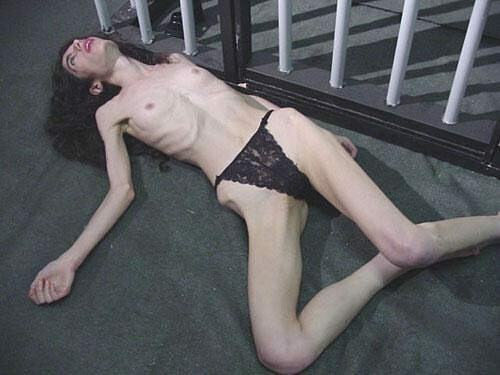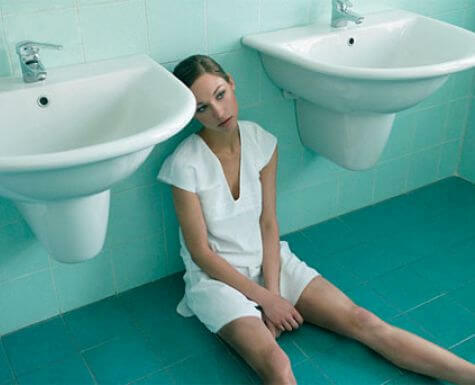Methods of treating neuritis of the facial nerve

Symptoms of the disease.
Symptoms of facial neuritis include facial paralysis of the facial muscles, the appearance of facial asymmetry, severe lacrimation or, conversely, dry eyes, ear pains, hearing impairment, hyperacusia, or painful sensitivity to sounds, taste disorders.
Causes of neuritis of the facial nerve.
Tibet medicine links the occurrence of neuritis with an imbalance in the regulatory system of the Rung( nervous regulation).The reasons for this imbalance may be hypothermia in the background of nervous fatigue, stress, emotional instability. The development of the disease may also be due to inflammatory processes and infection, for example, the herpes virus, against the background of a general deterioration in the state of immunity.
The facial nerve regulates the motor activity of the facial muscles. He is the seventh pair of cranial nerves. Located near the auditory nerve, as it passes through the parotid salivary gland and internal auditory meatus. That is why the inflammation of the middle ear, the so-called otitis, is one of the possible causes of neuritis of the facial nerve. Other causes of the disease may be trauma to the face, skull base, ear, nervous distress and frustration, facial infections, tumors. Atherosclerotic changes in blood vessels, metabolic changes, for example, due to diabetes mellitus, intoxication of the body, incorrect dental intervention - all these factors contribute to the development of neuritis of the facial nerve. In this case, the most frequent and common cause of this disease is the cooling of the body, for example, because of the presence of a person in a draft, cold wind and even from a working air conditioner.
The facial nerve passes not only near the auditory nerve, but also in the middle. The latter innervates the motor activity of muscles, taste sensitivity and secretory activity of the salivary glands. That is why, with the development of neuritis of the facial nerve, there are often disturbances in perception of taste and in salivation. The neuritis of the facial nerve usually affects one branch from a pair of facial nerves, then one-sided neuritis is diagnosed, but sometimes a bilateral branch that affects both branches of the facial nerve can develop. Allocate: primary neuritis of the facial nerve, the so-called Bell disease, the causes of which appear in the supercooling and vascular( ischemic) disorders. Secondary neuritis, or symptomatic, which occurs against the background of inflammatory processes, infection, trauma, intoxication, hypertensive crises, and so on. One of the first symptoms of this disease is the asymmetry of the face. With the course of the disease, it can develop into a vast clinical picture, when the patient drops the corner of the eye and mouth, the eyelids do not close, the nasolabial fold is smoothed and full paralysis of the face half is possible.
Treatment of a disease.
In the treatment of neuritis of the facial nerve, a whole complex of measures aimed at elucidating the etiology of the disease, all stages of the pathogenetic chain and eliminating cosmetic consequences is involved. Methods of treating neuritis of the facial nerve are divided into conservative and operative.
Conservative methods of treatment.
These methods are used in inpatient facilities depending on the etiology of the disease( intoxication, trauma, infection).To conservative methods carry:
- medicamentous;
- physical;
- physiotherapeutic.
Drug treatment is performed with anti-inflammatory drugs( eg hormones);Dehydrating agents( furasemide and diacarb);Tranquilizers( diazepam and meprotan);Neuroleptics( etaperazinom), antihistamine preparations;Analgesics in case of pain syndrome;Drugs that improve metabolism in tissues( methandrostenalone, phenobolin);Soothing agents( Bechterew's medication, sodium bromide solution);Cholinomimetic( acetylidine, pilocarpine) or anticholinesterase agents( oxazyl) for the separation of saliva;Vitamins B 12, B1, C, as well as with proserine, dibazol, galantomine in the recovery period. A therapy is prescribed to prevent the development of keratoconjunctivitis. To do this, recommend eye drops and a protective bandage on the eye.
Physiotherapy includes procedures for irradiating the Solyus lamp, dry heat in the form of bandages on the affected part of the face, UHF therapy on the affected area and the region of the mastoid process. Procedures of ultrasound on the zone of the mastoid process and application to the affected and healthy side are prescribed for 7-10 days of the disease. In this application, you can make mud, ozocerite, paraffin, applying them alternately to the affected and healthy side of the face every other day.
Physical means are prescribed in the subacute period in the form of an easy massage of facial muscles and therapeutic exercises. The latter can be passive and active. When the first symptoms of the neuritis of the facial nerve appear, it is recommended to take care of the oral cavity, and prescribe psychotherapy sessions. In case of paralysis of the facial muscles, for example, due to trauma, it is necessary to prescribe treatment with dehydrating agents together with hormones, glucose and calcium chloride immediately. Starting from 7-10 days after the onset of the disease, conduct electric rhythmic stimulation and make a half-mask Berganje with the use of potassium iodide. In case the facial nerve did not have an anatomical break, its functions are restored within 5-6 months, since the neural stem sprouts at a rate of 1 mm / day. In some cases, nerve functions are not restored.
Operative methods of treatment.
The surgical methods for treating neuritis of this type include neuroplasty and palliative operations. In this case, neuroplasty implies the preservation of the function of facial muscles. It is performed with a traumatic lesion of the facial nerve, when the consequences of contusions, concussions, damage to the integrity of nerve fibers develop in the trunk of the nerve. Palliative methods are prescribed in those cases when neuroplasty has proved ineffective, and treatment with conservative methods has not eliminated paralysis of facial muscles with non-traumatic neuritis of the facial nerve.



